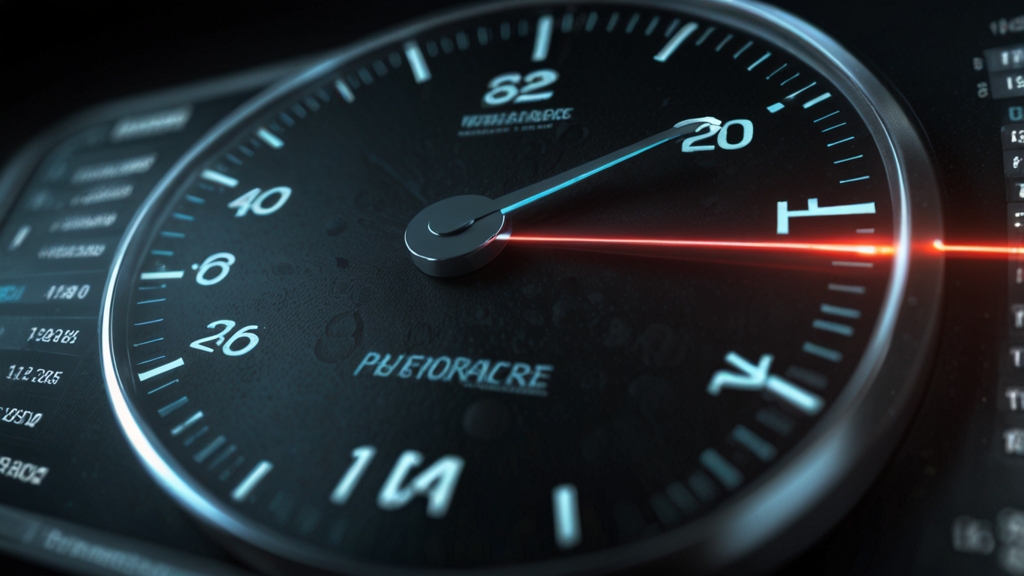Cryptography on the Frontlines Protecting Military Secrets
In the digital age, safeguarding military secrets has become more complex and challenging than ever before. Cryptography, the ancient science of encoding and decoding information, now stands at the forefront of national security strategies, protecting sensitive military communications and data from adversaries. This critical technology helps maintain the integrity, confidentiality, and authentication of information crucial to national defense.
The Evolution of Military Cryptography
The history of cryptography in the military dates back thousands of years to when armies used simple ciphers to obscure messages. Julius Caesar employed one of the earliest known encryption techniques, now referred to as the Caesar Cipher, to shift characters in his communications. As technology evolved, so did cryptographic methods.
During World War II, the Enigma machine, used by Nazi Germany, and the subsequent effort by Allied cryptanalysts to break its codes, marked a pivotal moment in cryptographic history. The successful decryption of Enigma's encoded messages by the Allies is credited with significantly shortening the war.
Modern Military Cryptography
Today's military cryptography is far more sophisticated. The reliance on digital communications requires advanced encryption algorithms and protocols to secure data in transit and at rest. Military organizations use a variety of cryptographic methods, including:
- Symmetric Key Encryption: Both the sender and recipient share a single, secret key to encrypt and decrypt messages. This method is fast and efficient for large volumes of data but requires secure key distribution.
- Asymmetric Key Encryption: Also known as public-key cryptography, this uses a pair of keys – a public key for encryption and a private key for decryption. It solves the key distribution problem inherent in symmetric encryption but is computationally more intensive.
- Quantum Cryptography: An emerging field that uses quantum mechanics principles to develop unbreakable encryption methods. Quantum key distribution (QKD) promises unprecedented security in military communications.
Challenges and Threats
Despite the advancements, military cryptography faces numerous challenges. The increasing computational power available to adversaries, including nation-states and rogue actors, poses a constant threat. The rise of quantum computing could potentially render current encryption methods obsolete, as quantum computers are theoretically capable of breaking most of today’s cryptographic algorithms.
"The military's reliance on cryptography cannot be overstated. In the face of evolving threats and technological advancements, maintaining and advancing cryptographic methods is paramount to national security."
Cyber warfare has become a critical aspect of modern conflict, with state-sponsored hackers constantly attempting to intercept and decipher classified communications. To mitigate these threats, military organizations invest heavily in cryptographic research and development, staying ahead of potential adversaries.
The Role of Cryptographic Protocols
Cryptographic protocols form the backbone of secure military communications. Protocols like Secure/Multipurpose Internet Mail Extensions (S/MIME) and Pretty Good Privacy (PGP) enable secure email communication, while Secure Sockets Layer (SSL) and Transport Layer Security (TLS) protect data transmitted over networks. Advanced Encryption Standard (AES), the standard adopted by the U.S. government, ensures robust encryption for sensitive information.
Implementing these protocols requires rigorous standards and practices. The National Institute of Standards and Technology (NIST) sets guidelines for cryptographic practices, ensuring that military encryption methods remain effective against current and future threats.
The Future of Military Cryptography
The future of military cryptography will likely be shaped by the interplay between new technologies and emerging threats. The advent of quantum computing will necessitate the development of quantum-resistant algorithms to safeguard military communications. Moreover, artificial intelligence (AI) and machine learning (ML) will play a significant role in enhancing cryptographic techniques and identifying security vulnerabilities.
"As technology advances, so too must our cryptographic methods. The dynamic nature of cyber threats demands continual innovation and investment in secure communication strategies."
In conclusion, cryptography remains a vital tool in the arsenal of military defense. By evolving alongside technological advancements and addressing emerging threats, cryptographic methods ensure that military secrets remain protected on the frontlines. The continued investment in cryptographic research and the adoption of new technologies will be essential in maintaining the security and superiority of military communications.








